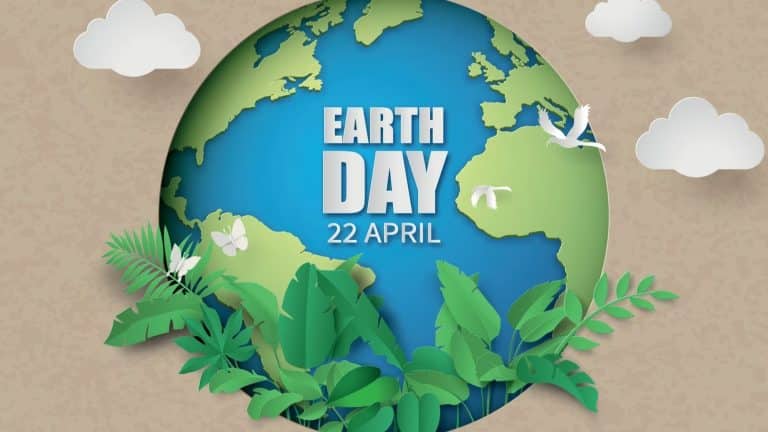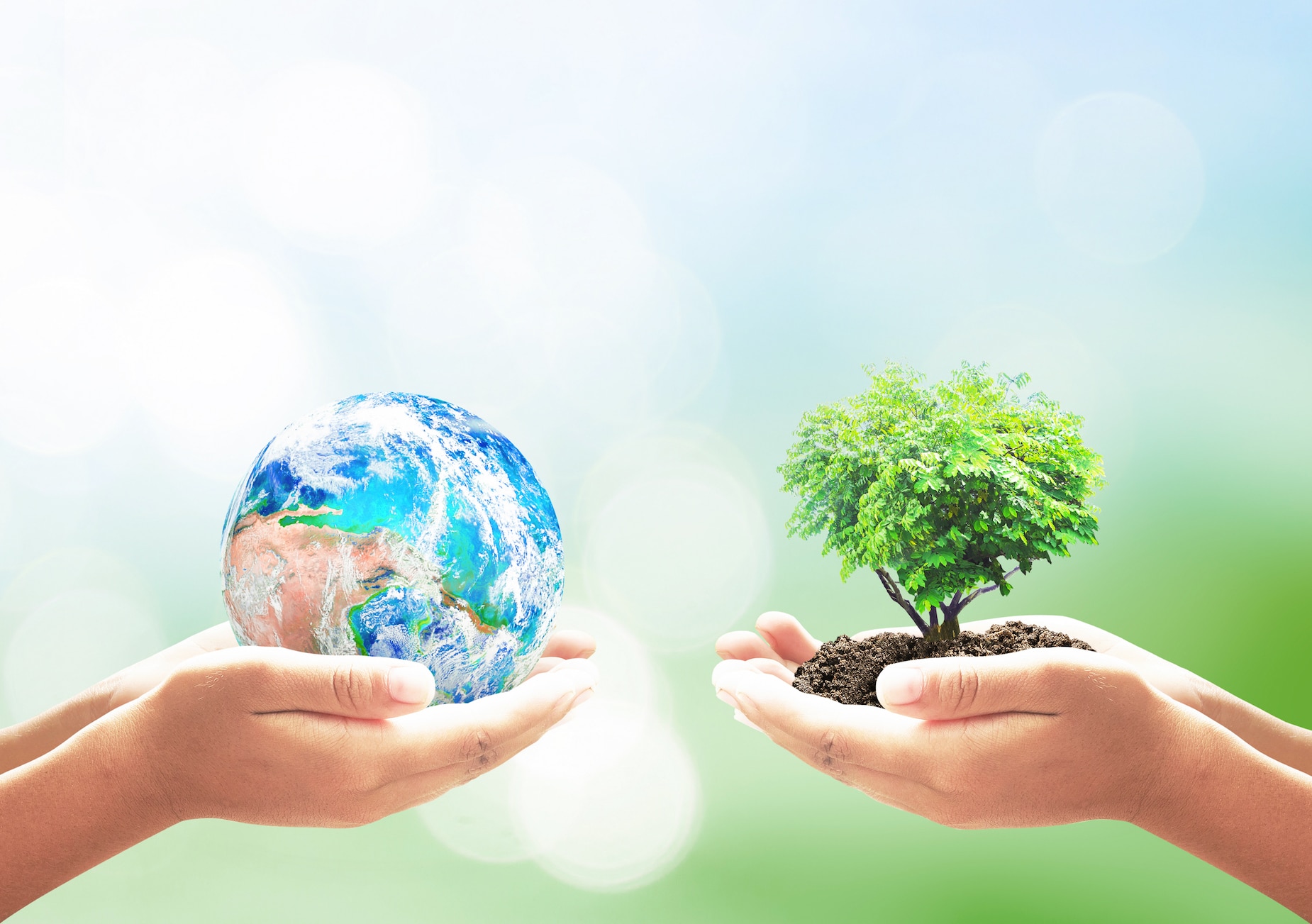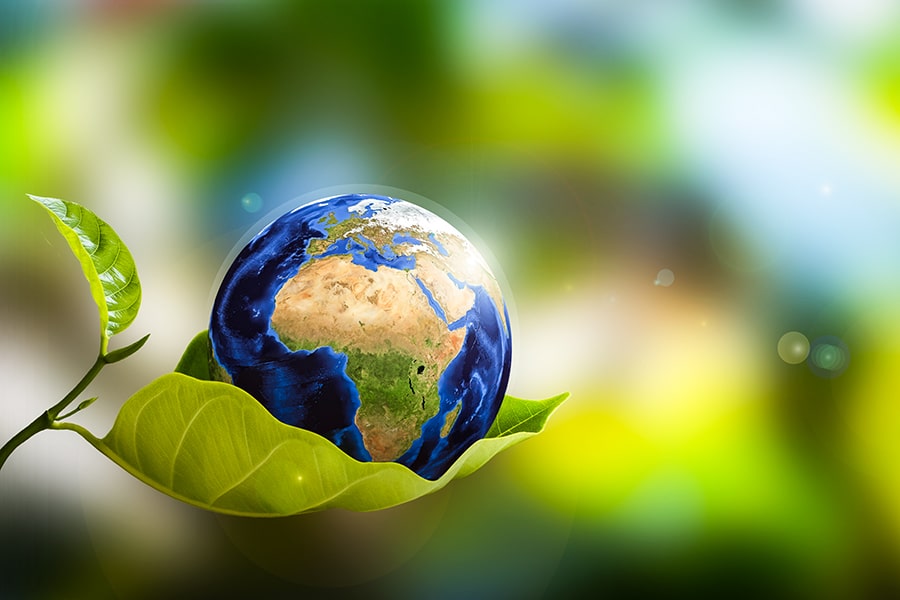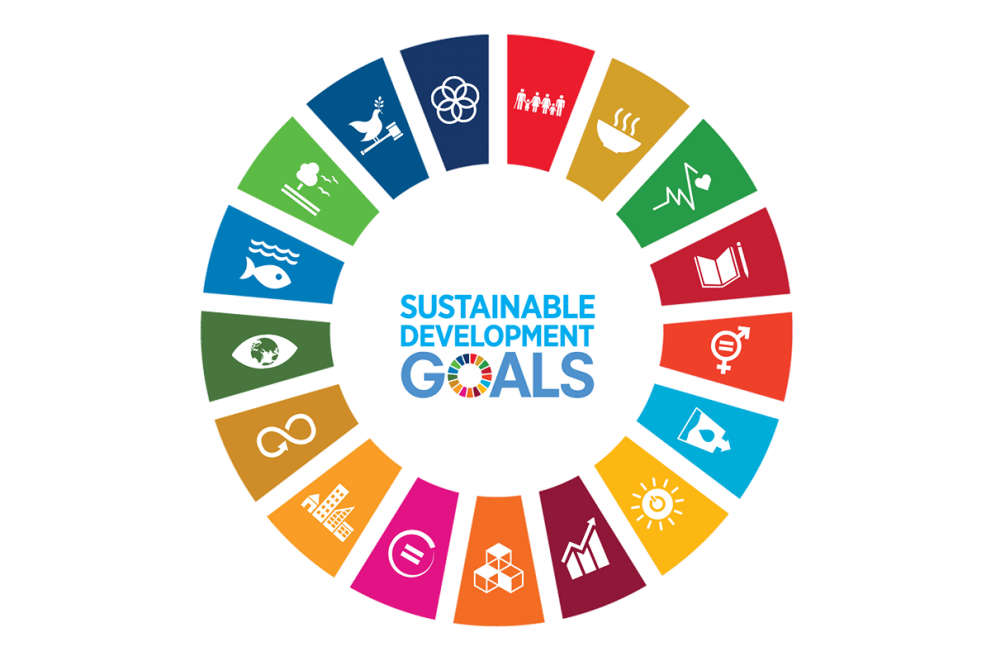Earth Day is celebrated every year on April 22nd, which is more than just a day on the face of the world.
It is widely observed as a global movement dedicated to environmental protection and a sustainable approach to living.
Schools, NGOs, Government Bodies, and Environment-related organizations take pride in organizing events with full bliss and show.
Campaigns, exhibitions, and awareness programs are held to instigate emotions related to environmental conservation among people.
Children, the successor of the Earth and its resources, are provided Earth Day coloring pages to participate in and learn the importance of preserving whatever we have.
However, there is still a widespread misconception regarding celebrating Earth Day and its limit only until the US territory.
This article will dive into every minute aspect of Earth Day, its history, and its significance. So, without any further ado, let’s begin.
History of Earth Day
The history of the practice dates back to the late 1960s; this was the time which was engulfed with growing environmental atrocities in the US.
All this happened against unchecked and uncontrolled industrial growth and the pollution that followed.
The actions of environmental rights activists and the publication of “Silent Spring,” a book authored by Rachel Carson, played a crucial role in mobilizing people about awareness and issues related to environmental degradation.
And it was finally in the year 1970 when the Earth Day was first celebrated on the proposal of Gaylord Nelson, a US senator from Wisconsin.
On April 22nd, 1970, 20 million mobilized Americans from all walks of life gathered and are credited with launching this historic environmental movement.
Ever since this culture has only grown in magnitude and spread worldwide as one of the biggest non-religious festivals.
At present, over 190 countries across the globe celebrate Earth Day with absolute zeal and honor the pledge to keep it safe for future generations.
This day is a gentle reminder to us of our shared responsibility to maintain our planet’s health.
This also reminds us to advocate the balance between the requirements of humans and nature.
Across the globe, the day is also marked based on the local culture and styles of showing respect to Mother Earth.
People commemorate the day by planting trees, doing away with littering, and organizing various environmental awareness campaigns.
The Significance of Earth Day
It was the massive oil spills in California in 1969 that was responsible that contributed to prompting Gaylord Nelson’s decision.
Cut to the current scenario, the purpose and significance still hold relevance and have immense magnitude, and it is fair to say the job is not done yet.
The awareness around the environmental challenges our mother earth faces must be propagated to the world and generations to follow.
Climate change, the depletion of biodiversity, pollution, and the constant depletion of ecosystems are some of the most lethal concerns on our planet.
This day every year is a reminder to make us aware of our societal roles.
It is evident with the establishment of the global bodies and the nation’s commitment to net zero emissions that we are still far from achieving the basic goal of environmental safety.
Earth Day: Global Contribution and The Impact So Far
Ever since, Earth Day has only grown in magnitude and reach, including the events that are being coordinated globally.
More than a billion people from 193 nations come together to take part and pledge to make the earth a safe and secure place to live in.
All forms of engagement and actions being conducted to mark Earth Day include signing petitions and global leaders meeting to lay down the roadmap ahead.
Among the other activities that are taken up include planting trees, cleaning up localities, and conducting educational and public awareness campaigns.
Though at a slower pace, the entire episode has certainly brought a positive change in awakening the people’s consciousness to mark the change for good.
Legacy and its Relevance Ahead
The impact has indeed been profound. The first-ever Earth Day celebrations in 1970 paved the way for creating the UN-led Environmental Protection Agency (EPA).
This made the passage of landmark environmental laws in the US, including the much-needed Clean Air Act, Clean Water Act, and the landmark Endangered Species Act.
Earth Day all around the globe has been a catalyst for the prevailing environmental activism, which is crucial in boosting global consciousness about the current situation of our planet.
United Nation’s 2030 Agenda on Sustainable Development
The UN has taken a giant leap by endorsing the 2030 Agenda for Sustainable Development and the 17 goals in 2015.
The world community has repeatedly committed to achieving the SDGs by 2030.
193 member states have pledged to ensure sustained and inclusive economic growth through the measures of this agenda.
Besides, it includes social inclusion and environmental protection and has to be achieved in a progressive manner through coordinated partnership and peace.
The 2030 Agenda is universal and transformative. It calls for an ambitious plan of action by the member countries and all the actors coming under the UN system.
Several experts regard it as one of the most comprehensive blueprints to date that aims to eliminate poverty, reduce inequality, and protect the planet.
The agenda holds the power to lay the concrete call for action by the people of this planet and take the bold and transformative steps essential for the shift that we need on the resilient path for a better tomorrow.
Wrapping it Up
Earth Day is a gentle reminder of the current scenario, making us aware of our shared responsibility for Mother Earth.
The situation has turned complex with rapid environmental change due to the development.
And with the deteriorating case, the message is clear and relevant like never before.
The job is far from being over; it is a continuous battle that requires our persistent efforts daily.
We must celebrate what he has achieved in 5 decades but also brace ourselves to commit to the struggle coming our way.
Make the future generation and all the other stakeholders aware of our responsibilities for a safe and secure future.













